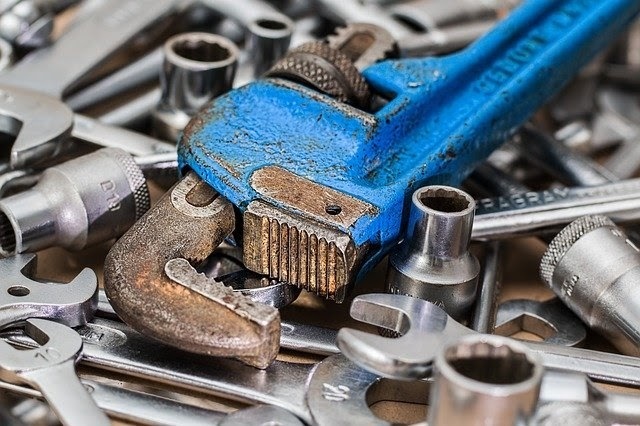A simple guide on self-tapping screw manufacturing
749
0
·
2020/10/26
·
2 mins read
☕
WriterShelf™ is a unique multiple pen name blogging and forum platform. Protect relationships and your privacy. Take your writing in new directions. ** Join WriterShelf**
WriterShelf™ is an open writing platform. The views, information and opinions in this article are those of the author.
Article info
Tags:
Date:
Published: 2020/10/26 - Updated: 2020/10/26
Total: 485 words
Like
or Dislike
About the Author
Kaloti Group Established in 1962, we have developed into top fastener companies & exporters in India. In 50 years with an independent family business, we set ground-breaking standards worldwide. We are supplying quality fasteners in the brand name of REPSI & UCON to our customers with our best services from inception. The Kaloti Group is a great international reality in the market of high-quality fasteners manufacturers, with a major role in India & Europe. We are one of the biggest fasteners manufacture worldwide which have a certification like CE as per EUROPEAN CONSTRUCTION PRODUCT REGULATION: 305/2011/EU, ISI Certification, ISO/TS 16949:2009 Certification, EN ISO 9001:2008 certification & many more.
More from this author
More to explore











The industrial fasteners are of great importance. You can use them any time you want to secure a certain material together. Among the good examples of industrial fasteners are the self tapping screws.
A Self-tapping screw is a tool to tap your hole as you drive it into another material. You can use the self-tapping screws in all sorts of materials. It can be bricks, metal, or wood. While you can use it in metal, it won't drill through unless you make a pilot hole. But you can rest assured it's among the best industrial fasteners that will help your daily life where securing equipment is needed.
Guide on how to manufacture self-tapping screws
Before you begin to make these kinds of industrial fasteners, you need different types of raw materials. These include an alloy that can resist corrosion, high strength alloy, nickel base alloy, and copper alloy. You will also be required to buy high-temperature alloy, plastics, stainless steel copper, and alloy steel, carbon steel, and iron.
The process of making self-tapping screw industrial fasteners.
1. Cold heading
It is the first step in making self-tapping screws where there is a continuous process to form a specific shape from metal without adding any heat. A replicate series of dies may be used. There is also the use of high-speed punches and hammers.
2. Punching
The process of creating self-tapping screws involves punching. In this stage, a sheet of metal is passed through a die set system to create sheer and shape. It helps the self-threading screws to appear attached and tighten to avoid the need for a collar.
3. Turning
It's a machining process reserved for creating external surface through cutting action. During making the self-tapping screws, the workpiece undergoes rotation while the cutting tool has traversed along.
4. Milling
It is another process you will have to pass through when creating industrial fasteners. It's a machining activity that will allow modeling and trimming of your metal. Here, the chips and residues have been removed.
5. Wire cutting and laser cutting
Here, the wire has cut into pieces before doing the laser cutting. This process of making the industrial fasters incorporates precise cutting of your metal to meet the exact requirement. When making the self-tapping screws, you need high-level accuracy, and with a laser cutter, you will remove the human error.
6. Grinding
When you have done laser cutting and precise pieces, your next step is the grind that ensures your self-tapping screws have a smooth surface.
7. Insulating
It involves applying protection to your self-tapping screws.
Conclusion
Industrial fasteners are something crucial. You will need them when fixing wood, metal, or plastic. If you seek to buy the self-tapping screws, you can get the best and durable quality. Since they are of different types, ensure to choose the one that will suit your application. The steps above have followed when creating self-tapping screws.